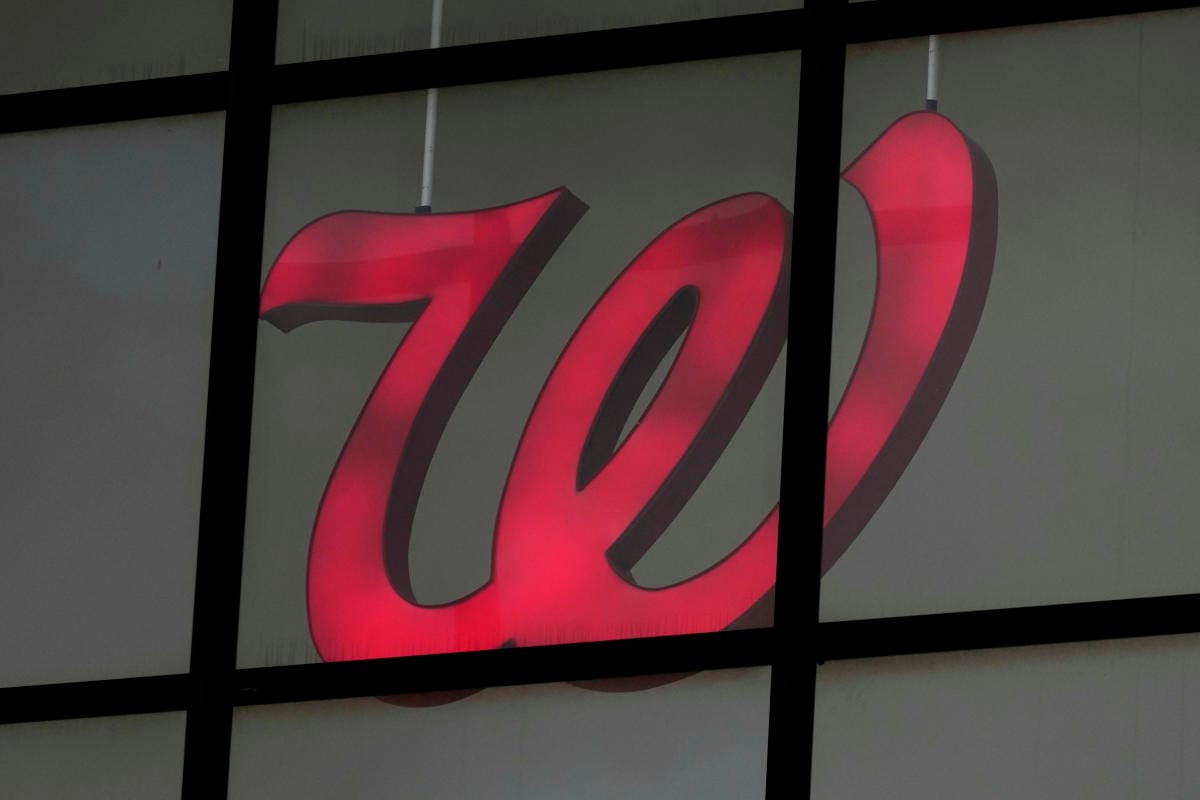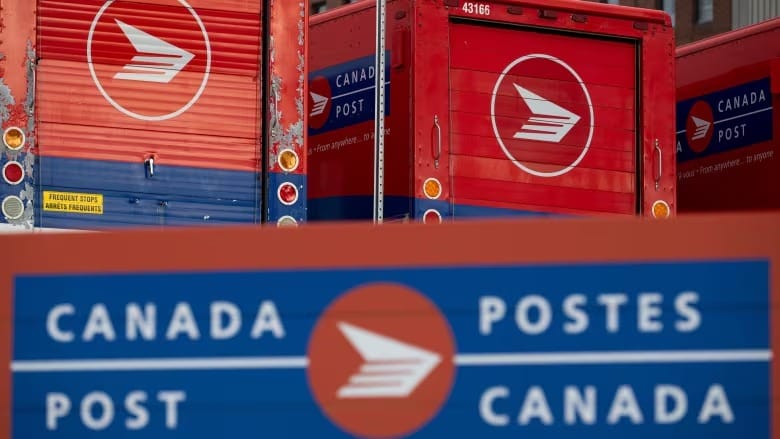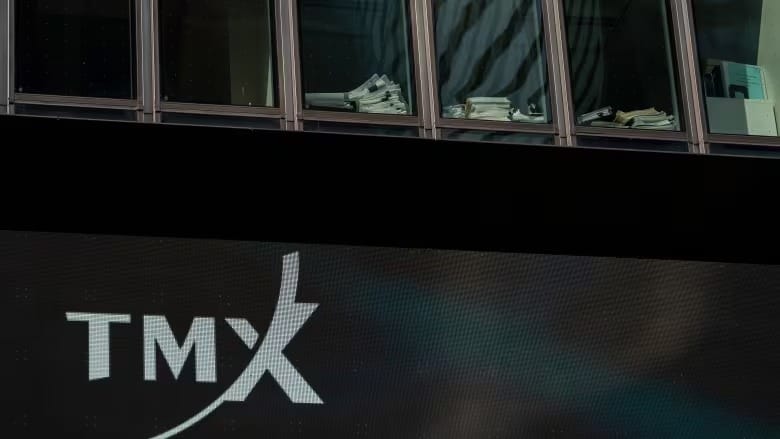Walgreens closing 1,200 stores over next 3 years, 800 more under evaluation
The company plans to close 500 stores next year, with a total of 1,200 store closures anticipated over the next three years, according to executives during a fourth quarter earnings call today.

Walgreens Boots Alliance (WBA) announced additional store closures on Tuesday as the retail pharmacy giant continues to feel the impact of growing online prescription delivery platforms and persistent retail challenges.
The company plans to close 500 stores next year, with a total of 1,200 store closures anticipated over the next three years, according to executives during a fourth quarter earnings call today.
While this specific number was not disclosed earlier, Walgreens had hinted at the potential for up to 2,000 store closures during an earnings call in June. Following the announcement, Walgreens stock surged over 12% in trading on Tuesday, indicating that investors welcomed the news.
The company reported fiscal fourth quarter earnings that aligned with expectations, showing a loss per share of $3.48 compared to $0.21 in the same quarter in 2024. Revenue, however, rose 6% year over year to $37.5 billion.
Mary Langowski, president of US healthcare at Walgreens, noted that the actions taken so far have been focused on enhancing short-term shareholder value. For fiscal year 2025, the company will prioritize the growth of its core businesses, including pharmacies and specialty pharmacy services.
CEO Tim Wentworth mentioned during the earnings call that since assuming his role last year, he has concentrated on ensuring the struggling retailer cuts expenses and has successfully reduced net debt by $1.9 billion.
However, Wentworth acknowledged that more work is needed. "Building on this momentum is critical as we turn our executional focus to stabilizing our core economics," he stated.
The store closures, described as a "footprint optimization" strategy, aim to "re-orient" the company as a retail pharmacy. Wentworth assured that he does not anticipate further workforce reductions, noting that the current staffing levels in stores are already tight.
"We don't have a ton of de-staffing left in the stores... our stores are tight. That's not where you will see us making a difference," he said.
More Closures Expected
This decision to close stores is only part of the initial phase, along with VillageMD closures announced earlier this year, in a "right-sizing" process for the company.
"While the decision to close the store is never an easy one, we feel confident in our ability to continue to serve our customers," Wentworth remarked, adding that affected employees would be reassigned to other locations.
Walgreens is coordinating with patients to ensure uninterrupted prescription fills, including offering home delivery options if they are not near another location. However, the company is not factoring this into its future business modeling, suggesting uncertainty about the potential fallout. Executives stated that the stores being closed have low volume and generate minimal profits.
"We are prioritizing closing locations that are cash flow negative, underperforming stores where we own the locations, and ones where lease expirations are coming due in the next few years," said CFO Manmohan Mahajan.
He added that based on the previously announced target of 2,000 store closures, an additional 800 stores are under consideration for closure.
Wentworth indicated that the retailer's transformation is ongoing. "We are in the early stages of a turnaround that will take time. The fiscal fourth quarter was an important building block in the foundation of this turnaround, and we expect further progress in fiscal 2025," he stated.
Battling PBM Reimbursements
In addition to store closures, Wentworth mentioned that the company is actively pursuing fairer reimbursements for prescriptions from pharmacy benefit managers (PBMs), an issue that has affected pharmacies of all sizes in recent years.
"Today, we have a high level of visibility into reimbursement for approximately 80% of the anticipated script volume in fiscal 2025. We are pleased with the willingness that some of our PBM partners have shown to consider current trends and adjust reimbursement," Wentworth said.
He explained that the company has been engaged in challenging negotiations with PBMs to ensure that all sales to patients—regardless of payment method—do not result in losses for the company.
"We're willing to walk away from a line of business if it doesn't make sense. I've said that... we would rather have 5% of the cash-paying cadre than 100% of a reimbursed contract," Wentworth noted.
While more contracts are still being negotiated, Wentworth expressed that the current state of contracts is "right where I would expect us to be" to ensure stronger revenues for the upcoming fiscal year.





